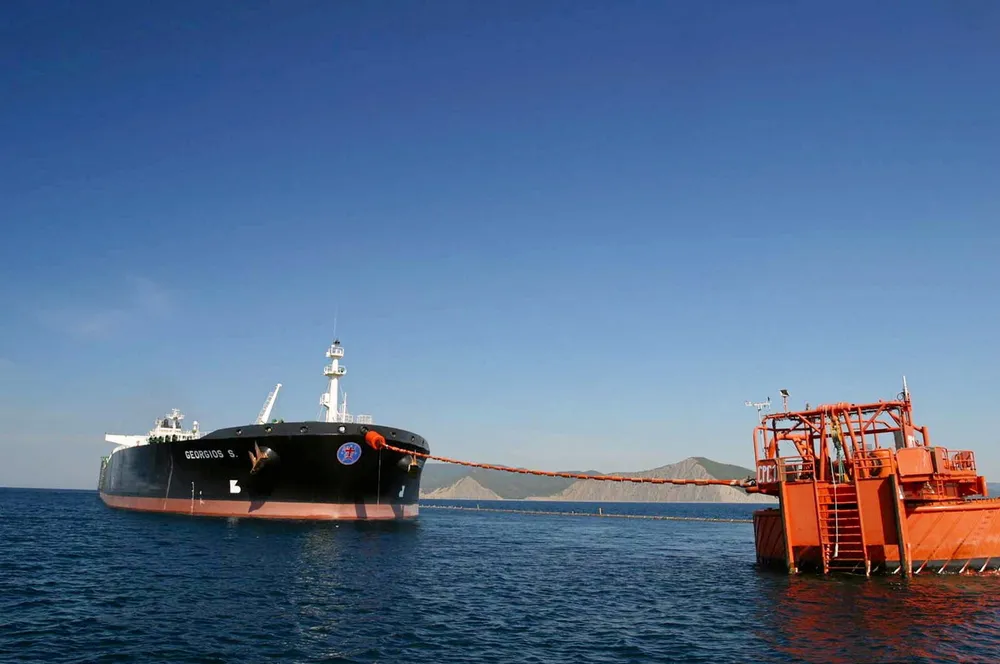Kazakhstan hopes Caspian Pipeline sanctions waiver will leave export route open
Western-led oil developments are heavily dependent on Russia as a transit state for international oil shipments from Kazakhstan

Western-led oil developments are heavily dependent on Russia as a transit state for international oil shipments from Kazakhstan
